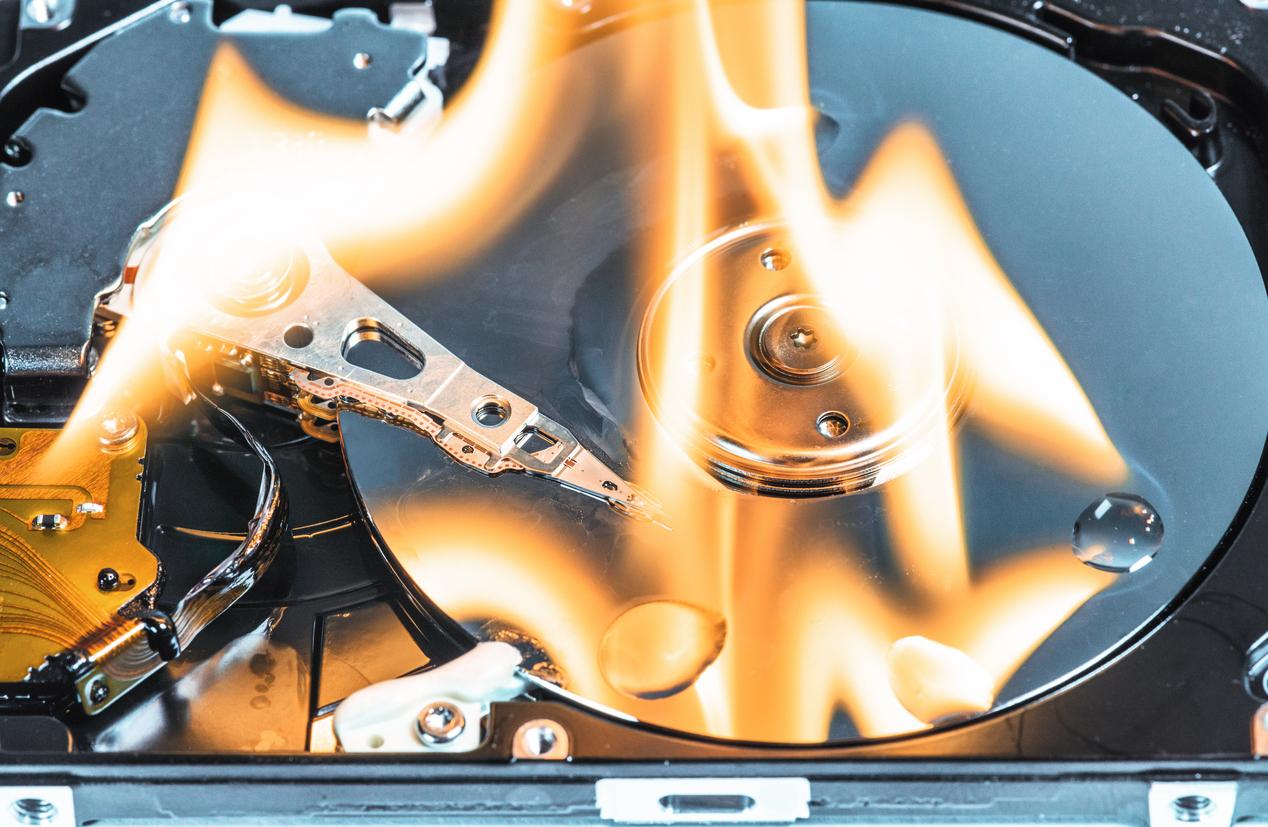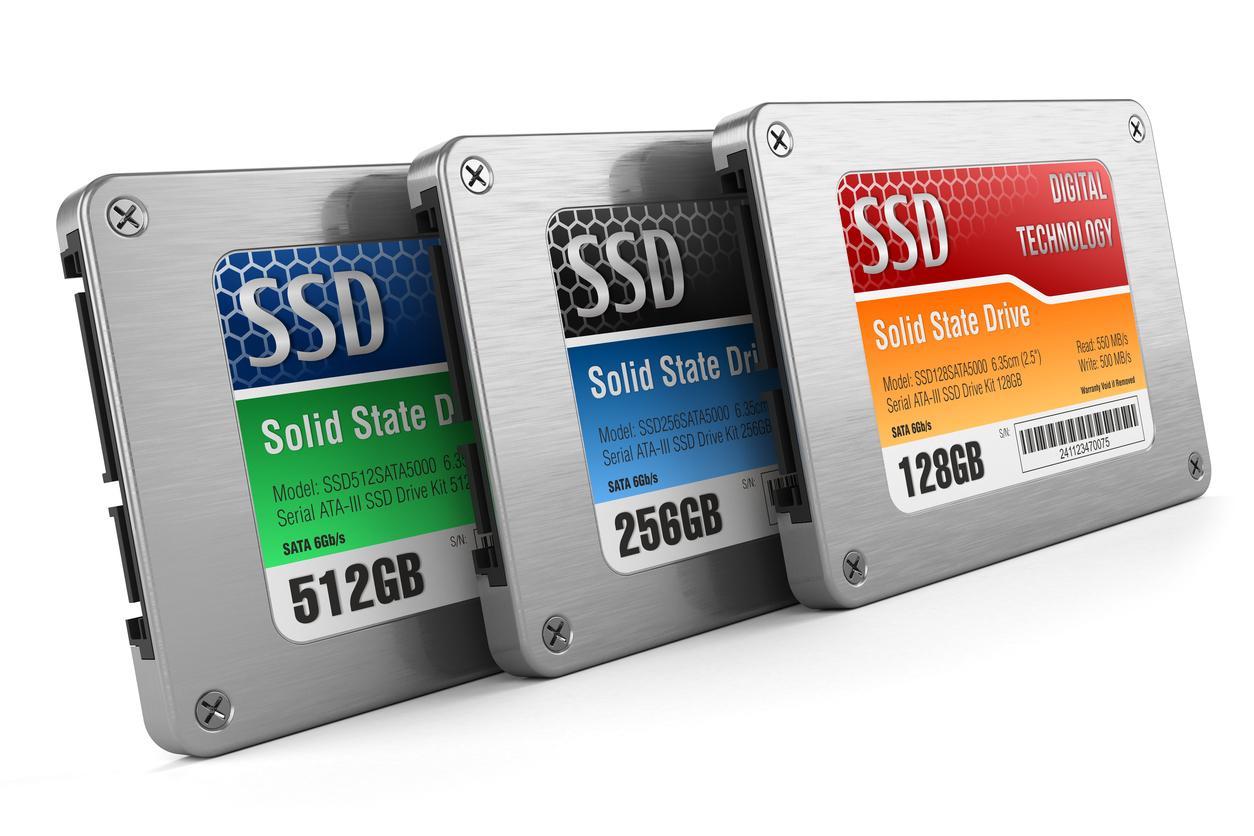In this third recording from Dell Technologies World 2019, Chris talks with Walt Hinton, Head of Corporate and Product Marketing at Pavilion Data Systems. The topic of conversation is the alignment of shared storage with scale-out NoSQL databases that typically place storage components on separate local disks. As rack-scale computing becomes more widely adopted, local storage will migrate back into bottom-of-rack shared storage infrastructure. In this instance, does it make sense to put shards of databases back on the same hardware? Walt thinks it is the next logical step in optimising scale-out applications and introducing …
#96 – Discussing SmartNICs and Storage with Rob Davis from Mellanox
In this podcast, recorded live at Dell Technologies World 2019, Chris talks to Rob Davis, VP of Storage Technology at Mellanox, about the development of SmartNIC technology and storage. SmartNICs offload tasks such as encryption, compression and protocol traffic from core CPUs. This allows system vendors to create more efficient and cheaper products. It can also provide a backward compatibility for legacy applications and operating systems. Rob takes us through the implementation of SmartNICs on both the initiator (host) and target (array) side of the storage network. We discuss vendors using the technology and what …
#87 – The Risks of Storage Media Reuse versus Recycling
In this episode, Chris and Martin talk to Simon Zola from Avtel Data Destruction. This is a follow-up episode to #85 (Storage for Home and Homelabs) where Martin and Chris questioned the ease of recovering data from pre-owned storage media. As we find out, the process was pretty easy. Martin was able to recover significant amounts of personal data with little effort and using standard tools. Media destruction is one route to safely dispose of drives and guarantees that data is destroyed. But what are the consequences? Simply disabling a drive and throwing it into …
#84 – Discussing New NVMe Form Factors with Jonathan Hinkle
This week, Chris and Martin talk to Jonathan Hinkle, Principal Researcher – System Architecture and Master Inventor at Lenovo. As solid-state storage and NVMe become more prevalent, the legacy 2.5″ HDD format is increasingly impractical for getting the best density, power and cooling in servers. Jonathan explains how his work led to the founding of the Enterprise and Data Centre Small Form Factor working group and new device formats being introduced into the industry. EDSFF is responsible for managing device standards like Intel Ruler (see a previous blog episode covering this technology). How did the …
#81 – Storage or Data Asset Management?
This week Chris and Martin talk about the evolution from storage management to data management. This follows from recent vendor events where data management featured highly, but still seemed to focus on infrastructure products. Is there a definition that can bridge the gap – something like Data Asset Management? The team start by trying to get a handle on what storage and data management actually mean. In the data protection world, for example, DLP – data leakage prevention, or data loss prevention refer to more advanced versions of simple backup. Things get more complex when …
#76 – Fibre Channel and NVMe with Mark Jones
In this week’s podcast, Chris and Martin talk to Mark Jones from the Fibre Channel Industry Association. This recording is an introduction to running NVMe over Fibre Channel, setting the scene on how Fibre Channel has evolved and will continue to be a storage protocol for many years. Fibre Channel reached an important milestone in 2018. It’s been 30 years since development and 25 years since the first products were shipped. Speeds started at 133Mb/s, while today, Gen 6 FC runs at 32Gb/s. Higher speeds are coming in 2019 and can also be achieved with …
#61 – Introduction to NVM Express with Amber Huffman
This is the second of a series of podcasts recorded at Flash Memory Summit 2018 in Santa Clara. In this episode, Chris talks to Amber Huffman, Intel Fellow and President and founder of NVM Express Inc. NVM Express is the standards body that governs the development of the NVMe base standard, NVMe-MI (Management Interface) and NVMe over Fabrics. Amber explains how standards’ bodies are initially established, including the ongoing ownership of intellectual property. The discussion continues, looking at how NVM Express standards are developed by committee, how the body is funded and how the process …
#59 – Ethernet vs Fibre Channel
This week’s podcast looks at storage networking and in particular the choice of using Ethernet vs Fibre Channel as the network protocol. Traditionally, enterprise storage platforms have been Fibre Channel connected, with only a small amount of iSCSI usage. However, the world isn’t just block storage and in fact, as guest Marty Lans (General Manager, Storage Connectivity Engineering & Global Interoperability Business Unit at HPE) tells us, 80% of storage is Ethernet connected. This is because of the growth in unstructured data stored on NAS and object stores. Ethernet storage now includes lossless Ethernet (DCB) …
#55 – Storage for Hyperscalers
This week we talk to Mark Carlson, co-chair of the SNIA Technical Council, about the storage needs of hyperscalers. Mark defines hyperscalers as those companies opening multiple data centres a year, most notably Amazon, Microsoft Azure, Google and Facebook in the US and Baidu, Alibaba and Tencent in China. These vendors are deploying petabytes of storage a year, with specific requirements on storage media. The hyperscaler applications have issues with HDD and SSD performance characteristics, such as tail latency and the effects of garbage collection. As a result, drive manufacturers are building in new features …
#43 – All-flash Market Review 2018 with Chris Mellor
This week, Chris and Martin review the all-flash market with Chris Mellor. We looked at this sector around 12 months ago, so we’re ready for an update. Lots of things have happened over the past 12 months. Vendors have gone away and come back (Violin). Existing vendors have seen a resurgence in their sales (IBM and NetApp), while others have struggled. Pure Storage is now an incumbent alongside the likes of Dell EMC, IBM, NetApp and HPE. The conversation moves on to discuss some interesting start-ups like WekaIO and both Excelero and E8 Storage (previous …










